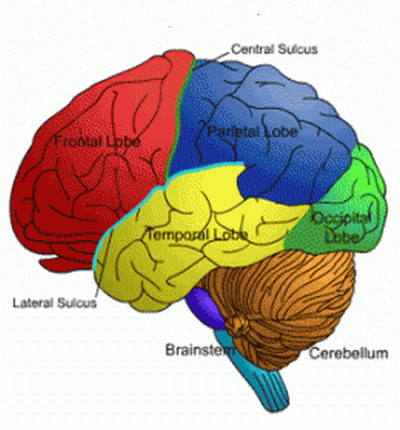Many of us don’t find mathematics interesting and might be a nightmare for many others. However, there are certain people who appreciate mathematics so much that when they see a mathematical formula, they get excited and experience a feeling similar to what an individual will feel for art or music or picturesque landscape.
In a study, researcher from the Wellcome Laboratory of Neurobiology at University College London says that the mathematical formulas that are perceived as beautiful by the mathematics admirer, activates the same region of the brain as activated by a melodious music or mesmerizing art. And so it could be said that beauty has a neurobiological aspect as well.
Beauty has various sources, like sensory source, when we see a sculpture, great music or a beautiful landscape and so on. The other is intellectual source that is experienced by a mathematician when they describe a mathematical equation in an emotional term and are often correlated in the sense of beauty that is perceived by the sensory source.
In order to understand this, scientists studied the image of the activities in the brain of 15 mathematicians when they were asked to observe the mathematical equations that they previously had categorized as awful, beautiful or neutral. To derive the images of the activity that takes place in the brain, functional magnetic resonance imaging (fMRI) technique was used.
Analyzing the images they concluded that the sense of mathematical admiration is registered in the same region of the emotional brain also termed as the medial orbito-frontal cortex. This is the same region where the admiration of beauty experienced by great music or art get registered.
Lead author Semir Zeki said that for many individuals the mathematical equation may appear dull and unappealing, but to others like a mathematician, the set of formulae can demonstrate the epitome of beauty. Therefore, we may not pinpoint what exactly makes something beautiful, but is more is personalized for each of us, and those personalized experiences are linked, in certain ways, to our knowledge.
Zeki further said that it is interesting to unravel whether the feeling on encountering beauty from such an intellectual and conceptual source as mathematics is linked with the same region of the brain where the other source as emotional and sensory get registered.
The participants of the study were asked to rate the mathematical equation given to them in between +5 for beautiful and -5 for the awful as per how appealing the sense equation to be. After 2 weeks, they again rated the equation while they were scanned under the fMRI.
The Leonhard Euler’s identity, the Pythagorean identity and the Cauchy-Riemann equations are the ones consistently liked and categorized as beautiful, in both the situation, one prior to scan and the one during it. While Srinivasa Ramanujan’s infinite series and Riemann’s functional equation were considered to be more awful.
Professor Zeki added that the study concludes that the brain activities are dependent on how excited the people are when they sense beauty, even when the beauty is as abstract and highly intellectual as a mathematical formula.
Everybody may not find a set of mathematical equation to be beautiful, but in case they did find it appealing, they feel the same way as when others feel looking at a beautiful piece of work or great music. Understanding why some piece of work, activates this essence in some people, although whether environment, natural mentality or comprehension will need some more in depth study. Even the ugliest thing for you, can be the most beautiful for the other. And therefore, it is rightly said that the beauty lies in the eyes of the beholder.
Image: Panorama





